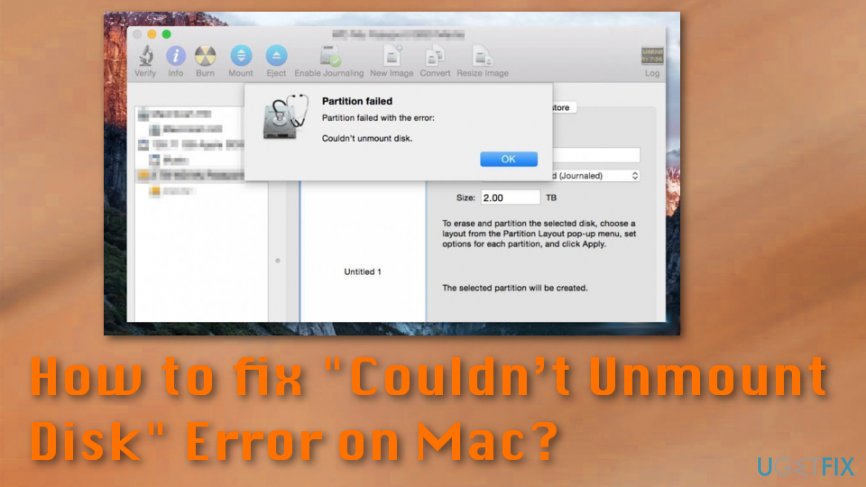
- #Apple virtualbox failed to open the disk image file iso
- #Apple virtualbox failed to open the disk image file zip
- #Apple virtualbox failed to open the disk image file download
- #Apple virtualbox failed to open the disk image file mac
#Apple virtualbox failed to open the disk image file download
4 (can't remember which), I've been having this issue where, if I download an updated version of an application and drop it into the applications folder, overwriting the old version, that new application gets put into "App Translocation. Try restarting the system and press the C key to get it to read the disk which it will fail and kick out. Media, and then open the "Convert" module on the menu bar. Insert Blu-ray/DVD disc to the Blu-ray/DVD drive, open Leawo Prof. It is an 'Alert' style notification because it persists until I clear it. The disc drive should eject the disc, and "ok" appears on the screen when the action is complete. In order to create a disk image to use, we will need to use the application Disk Utility. When that is finished, select the disc image file using the Image File setting in the Toast Copy window and then click the burn button. Select the parent folder for the drive you want to reformat or erase, then click the Erase button again. In the Disk Utility app on your Mac, choose File > New Image > Blank Image. If your CD/DVD-ROM drive has a physical eject button, you can usually press it to open the tray. In case you are unable to eject the external hard drive using the "Safely remove Hardware and Eject media", you can use disk manager to conduct the task. Press Check to open the Virtual Media Manager window and see which files are inaccessible, or press Ignore to ignore this message.

If you want to remove it, then place the CD/DVD-image in the exact same location it was originally loaded from, load the virtual HDD, unmount it from the Virtualization, then turn off the virtual HDD and remove from the list, and then delete the DVD-image file. Check the configuration of each device under disk drives. Unlike other methods, it doesn't require a shutdown and a restart.
#Apple virtualbox failed to open the disk image file zip
eject command can be used to eject floppy disk, tape, or JAZ or ZIP disk. If your disk doesn't appear in Disk Utility Restart computer and NAS Remove and re-add NAS drive to TimeMachine Delete previous TimeMachine backup from NAS and start a new one Removing and then adding the NAS drive back to TimeMachine fixes. If Disk Utility found errors that it can't repair If Disk Utility found errors that it could not repair, use Disk Utility to erase (format) your disk. Inside the disk image is an installer named InstallMacOSX.pkg. Under one of the options, we found that we could select between "quick removal" and "performance".
#Apple virtualbox failed to open the disk image file mac
Another option is to add a CD/DVD Eject menu to the Mac menu bar.
#Apple virtualbox failed to open the disk image file iso
Leawo Blu-ray Ripper also accepts Blu-ray folder and ISO image file. All went well, and I closed Macrium, then attempted to eject the external drive from the notification area. Let the power button go and but keep holding the eject button until CD / DVD ejects from drive. on Disk Images I see "Apple disk Image Media" which is 2.01 GB and has under it "OS X Base System" (1.29 GB) with option to eject which does not work. You need to shut down and power back up for the selection to take effect. Disk II drives and Disk III drives do not plug into this socket, but the Disk IIc, similar to the UniDisk 5.25″ drive, will probably work.

iso image to a VM, choose Virtual Machine -> CD-ROM -> Browse for ISO image.


For all future installs from disk images: * open the disk image * drag the application from within the image into your applications folder * eject the image (drag it to the trash or right click, eject), *then* subsequently trash the image itself from your downloads folder * launch the application from the apps folder. For many users, the easiest way to unmount a drive in Mac is to either just drag a volume into the Trash, use the eject keys, disconnect the drive, or use one of the force eject methods.


 0 kommentar(er)
0 kommentar(er)
